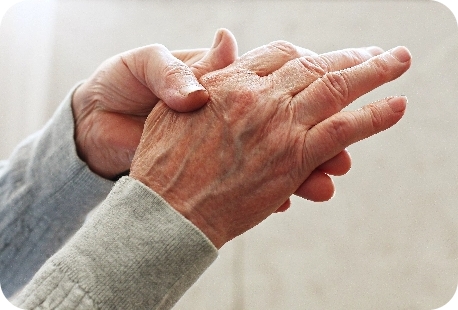
Menu
-
Physicians
-
Physicians
-
Julian S. Arroyo, MDJohn M. Blair, MDSpencer A. Coray, MDAlbert M. d'Heurle, MDSean D. Ghidella, MDRichard E. Gray, MDJohn T. Heffernan, MDAri J. Holtzman, MDMatthew V. Jenkins, MDPeter E. Krumins, MDGavin H. Smith, DPMAlan B. Thomas, MD, PhDPatrick J. Vaughan, MDRobert C. Vercio, MDPhilip R. Yearian, DPM
Physician Assistants
-
- Specialties
- Patient Resources
- About
- Locations
- Search







